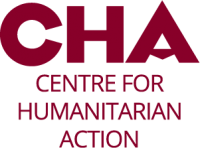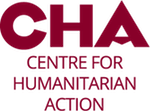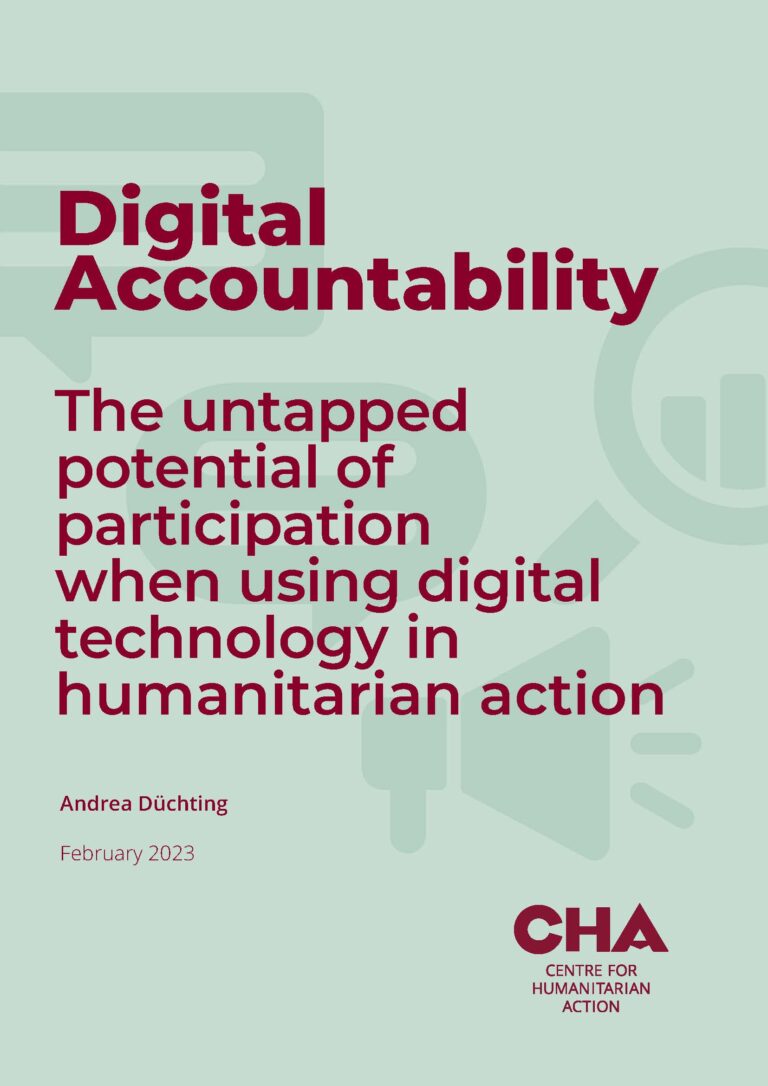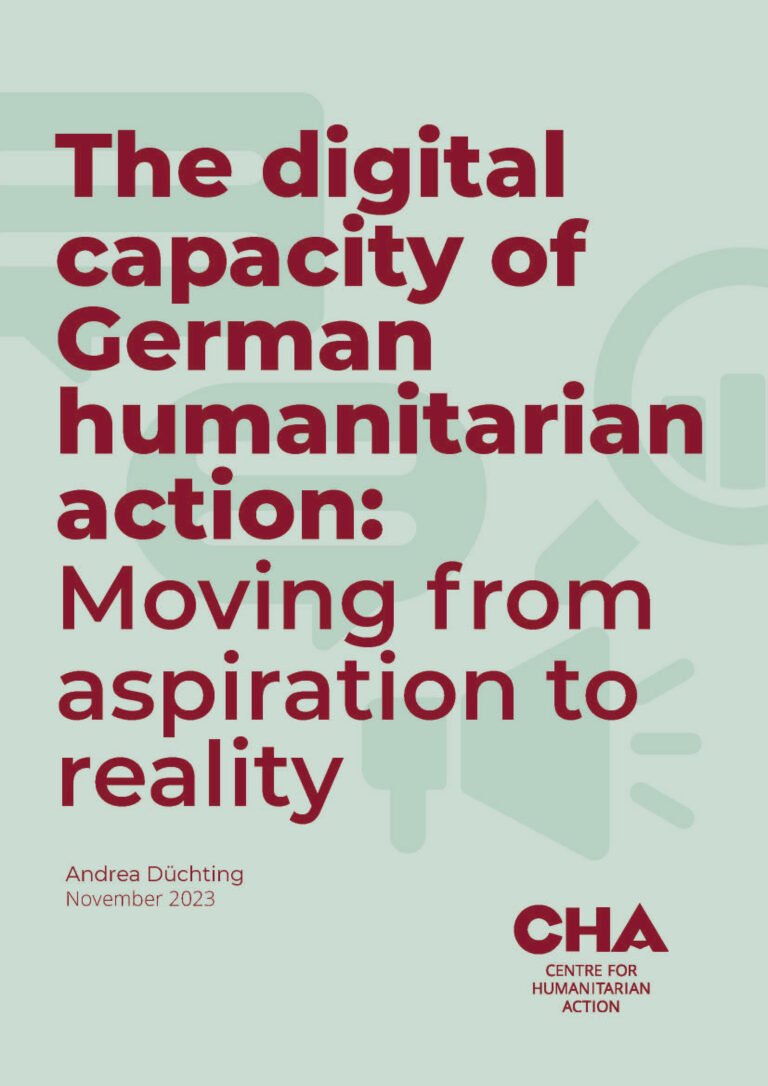| Author: | Andrea Düchting |
| Date: | 15.07.2024 |
| Downloads: |
Paper (DE)
Paper (EN) |
Today, humanitarian action is increasingly digital, marked by the widespread adoption of digital technologies. This expansion brings with it a massive increase in the volume of data to be processed and an accelation of speed at which information travels.
At the same time, funding cuts in humanitarian action and rising needs are leading to questions of efficiency and effectiveness. Evidence-based programmes, improved coordination, and greater transparency and accountability are needed. Digital tools have become indispensable in this context. Meanwhile, principled humanitarian action blends with economic interests and profit maximisation. Tech companies are increasingly assuming roles as humanitarian actors, while humanitarian organisations are taking on responsibilities as IT service providers. This trend raises concerns about heightened risks such as data leaks and cyber-attacks, alongside the growing influence of fake news and misinformation regarding humanitarian action.
Despite these challenge, the digital future for the humanitarian sector is inevitable. The new normal includes cross-sectoral and cross-system integrated approaches, promoting a digital transformation that prioritises increased participation, equal opportunities and responsible use of digital technologies and sensitive data concerning vulnerable population groups.
In this To Go paper Andrea Düchting introduces the topic and highlights many aspects, from new digital actors and ways of working to the particular challenges of digital transformation in the humanitarian sector all the way to future prospects.





